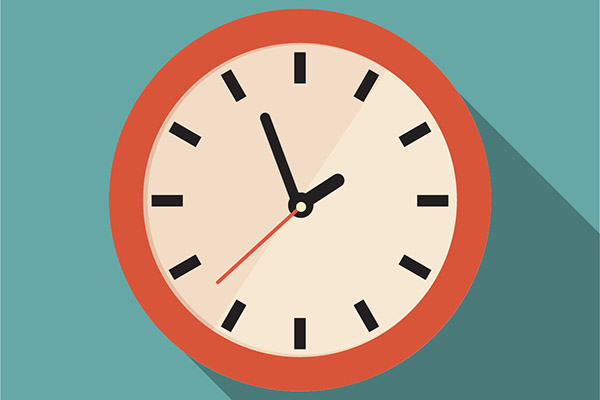 Patients undergoing Invisalign® treatment often want to know how long they will need to wear their aligners. Read on to learn how long the aligners need to be worn. Several variables determine the length of Invisalign treatment, and one of the most important is how long you wear your aligners each day.
Patients undergoing Invisalign® treatment often want to know how long they will need to wear their aligners. Read on to learn how long the aligners need to be worn. Several variables determine the length of Invisalign treatment, and one of the most important is how long you wear your aligners each day.
Invisalign treatment can take anywhere from 6 to 12 months, depending on the patient's situation.
How long do you wear Invisalign aligners every day?
Those committing to Invisalign orthodontic treatment need to wear their aligners for the recommended 22 hours per day. Since it is impossible to brush your teeth or eat with the aligners on, it is not feasible to wear them continuously. Dentists usually recommend that patients keep the aligners off the teeth for no more than two hours per day. To put it another way, patients should wear their clear aligners for around 22 hours each day. Failure to do this will potentially prolong the treatment duration.
Why 22-hour daily use is important
The custom aligners are created to induce continuous pressure onto the teeth, gradually shifting them into position. The teeth will not shift as much if patients do not wear the aligners for the recommended time each day. Therefore, they may have to wear the aligners for longer than the dentist predicted.
The teeth will move to their correct positions if the Invisalign aligners are used as recommended. Invisalign has certain advantages over traditional metal braces. While braces cannot be taken out during treatment, Invisalign trays can. This means the patient is responsible for wearing the aligners for at least 22 hours per day. The teeth must be trained in a specific manner, and failure to maintain good Invisalign habits means it may take longer to achieve the desired results.
The most difficult aspect of wearing Invisalign aligners is developing good oral habits. Only taking them out to eat and brush takes some getting used to. These routines may have long-term consequences. One may be tempted to take the aligners out when heading out to a social event. However, if patients do not wear their aligners for a few hours in a row, it may cause long-term problems and delays.
Treatment with Invisalign varies from person to person. It takes longer to correct more serious alignment issues. Even if the teeth only need minor adjustments, patients still need to wear the aligners for the minimum number of hours.
The bottom line
Everyone is unique; whereas one person's teeth may move with ease, another's may be more difficult. It is impossible to know how readily the mouth will change until you begin your Invisalign treatment. As a result, the time it takes for the therapy to function varies from person to person.
If you are contemplating Invisalign treatment as a way to improve your smile, it may be the right choice for you. However, you must be ready to commit to wearing your aligners for a total of 22 hours each day.
Request an appointment or call MyDentist La Puente at 626-345-6117 for an appointment in our La Puente office.
Related Posts
One of the most common orthodontic treatments that a general dentist offers is Invisalign®. This popular way to straighten crooked or crowded teeth offers individuals flexibility and ease while undergoing a discreet method of treatment. With Invisalign®, there are a lot of things to know, as it is a newer orthodontic treatment with a totally different technology…
Considering Invisalign®? Read on to learn more about this discreet teeth-straightening treatment. Traditional metal braces are the first thing that comes to our minds when we think about orthodontic treatment. Yet, more and more people are shying away from braces because the metal wires and brackets tend to attract unwanted attention to our teeth. Invisalign…
Are you considering Invisalign® treatment? Read on to learn about some of the benefits of opting for this teeth-straightening treatment. According to the American Dental Association, teeth straightening is more than just for cosmetic purposes; it may help your overall oral health. While conventional metal braces are still widely used, modern technology has enabled the…
